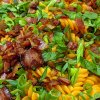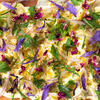

All Your Meat Questions Answered By Everyday Meat Guide Author +…
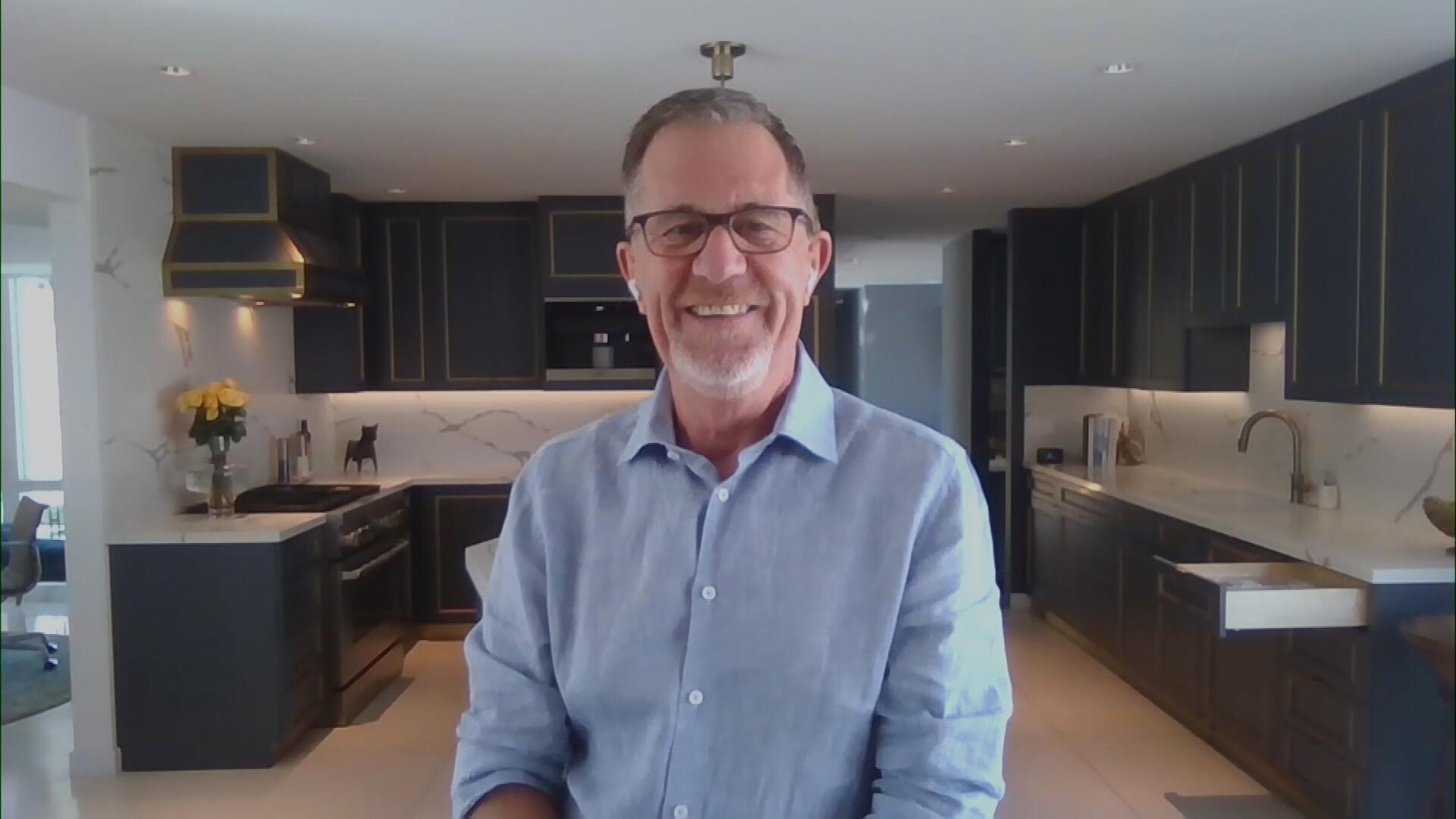
Q&A with Organizational Pro Peter Walsh + Dermatologist Shares A…
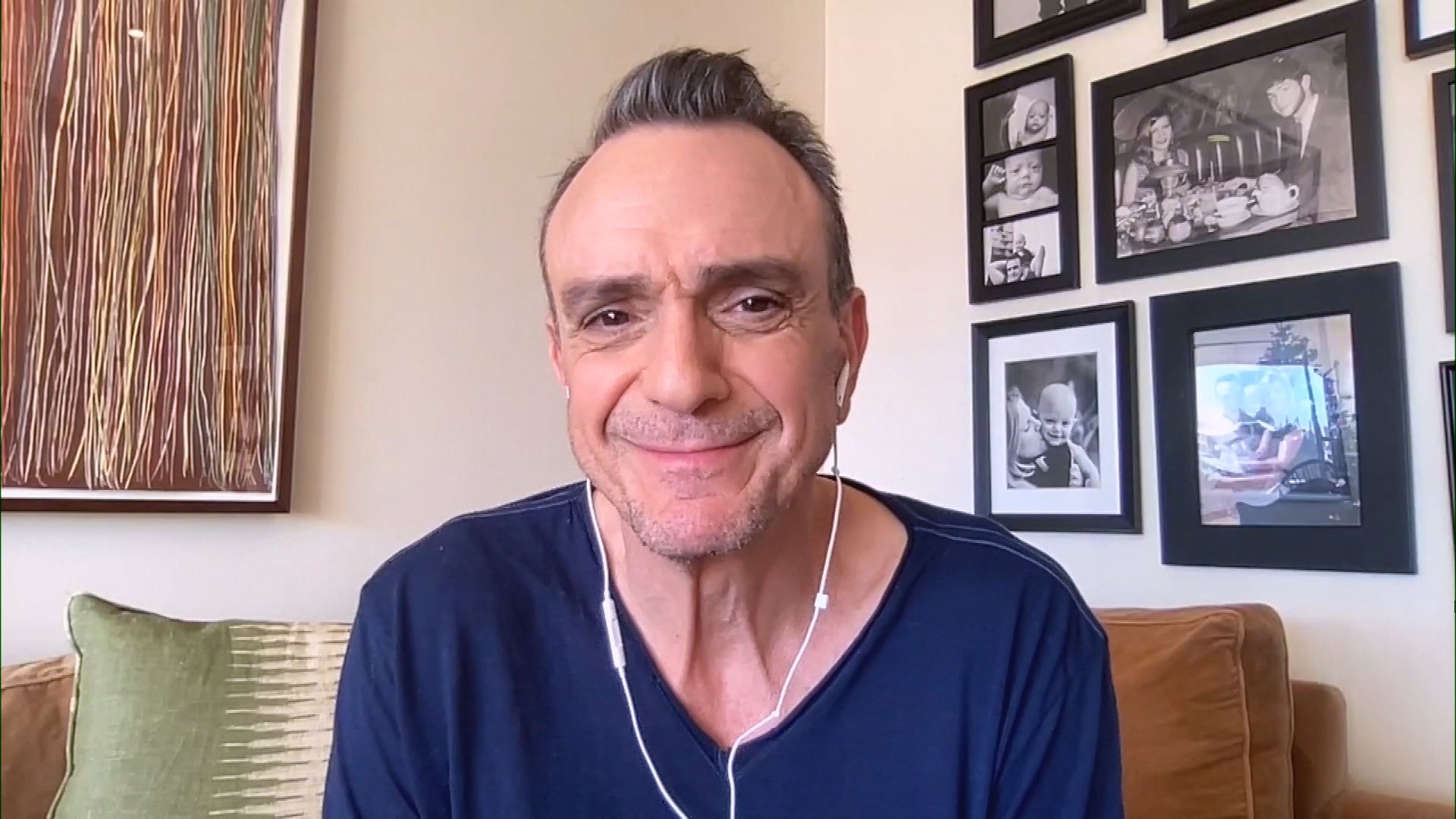
Actor Hank Azaria + Freezer Meals + Artichokes 2 Ways with Rach
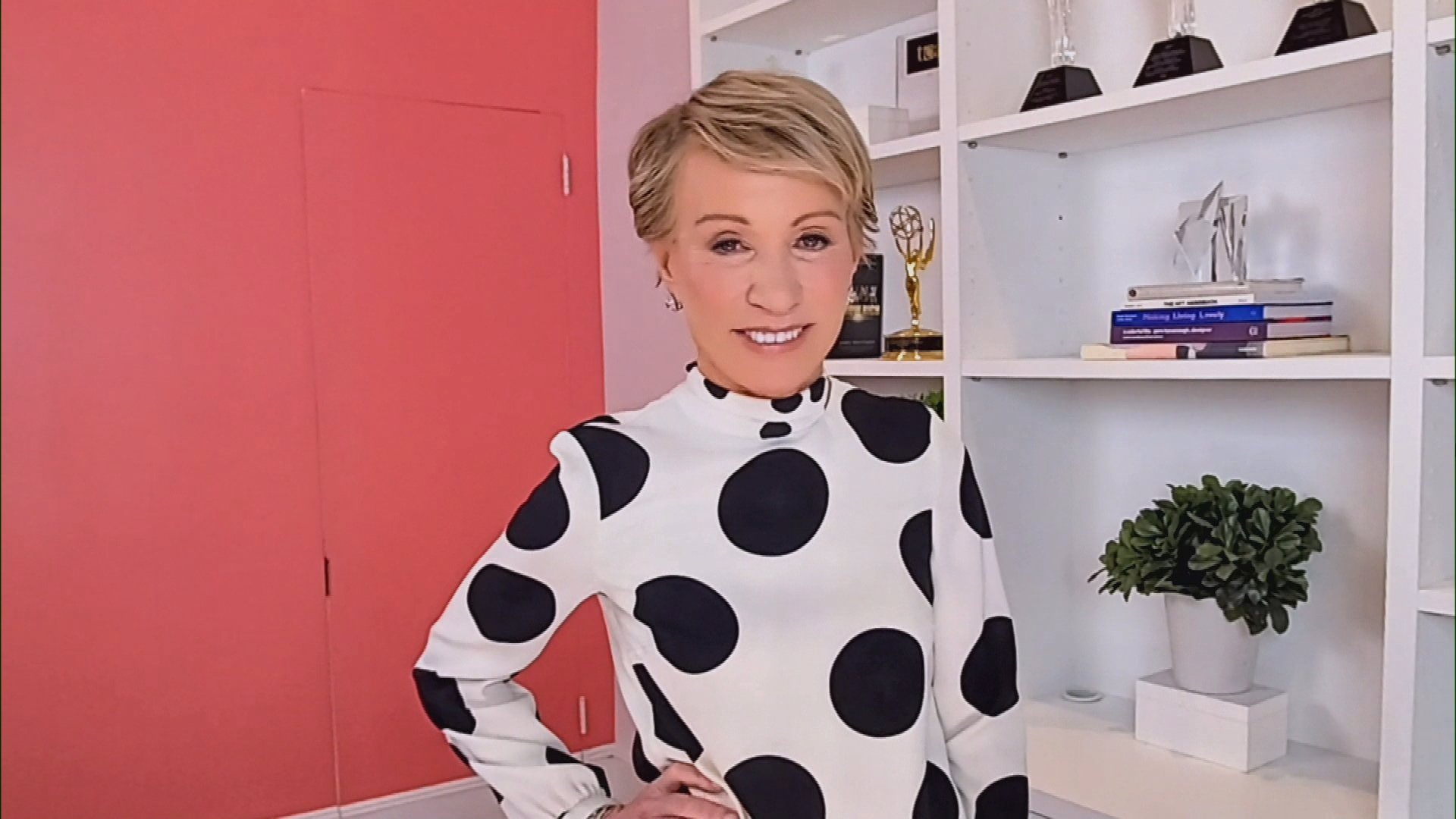
See Inside Barbara Corcoran's Stunning NY Apartment + It's Steak…
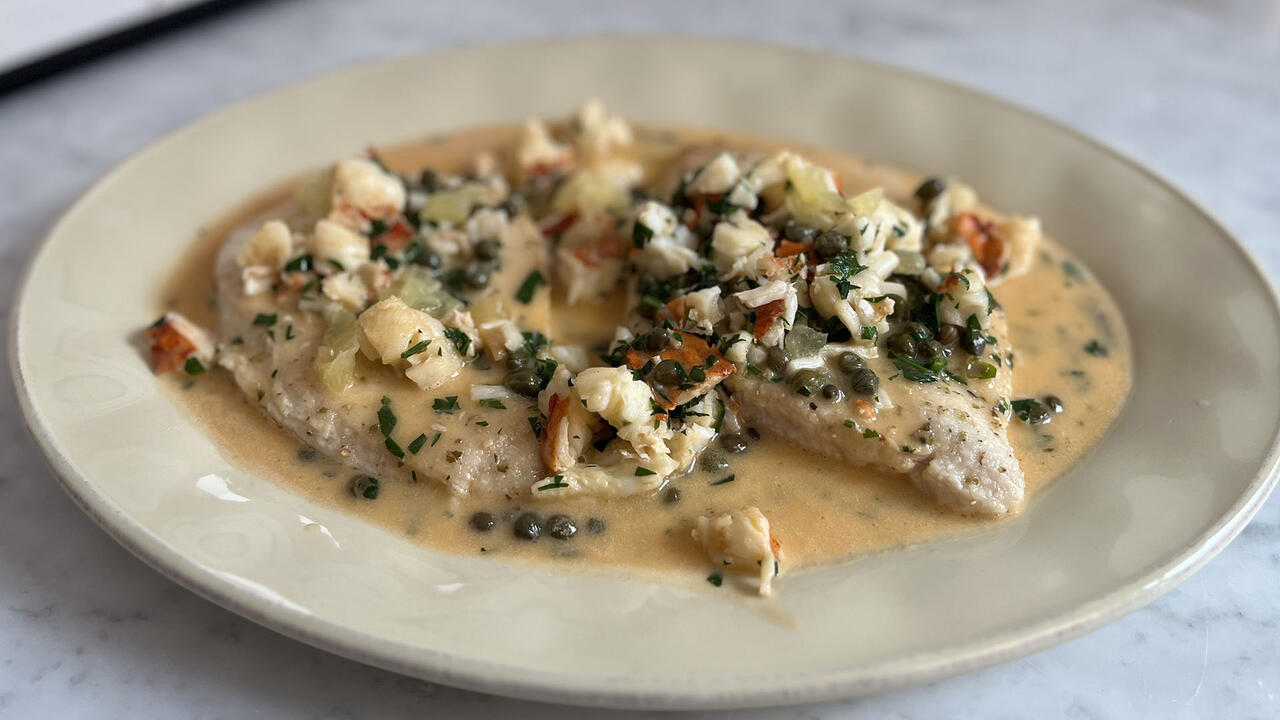
How to Make Chicken and Lobster Piccata | Richard Blais
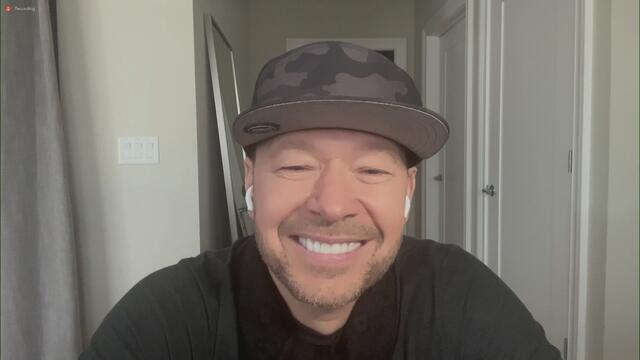
Donnie Wahlberg Spills Details About NKOTB's First Ever Conventi…
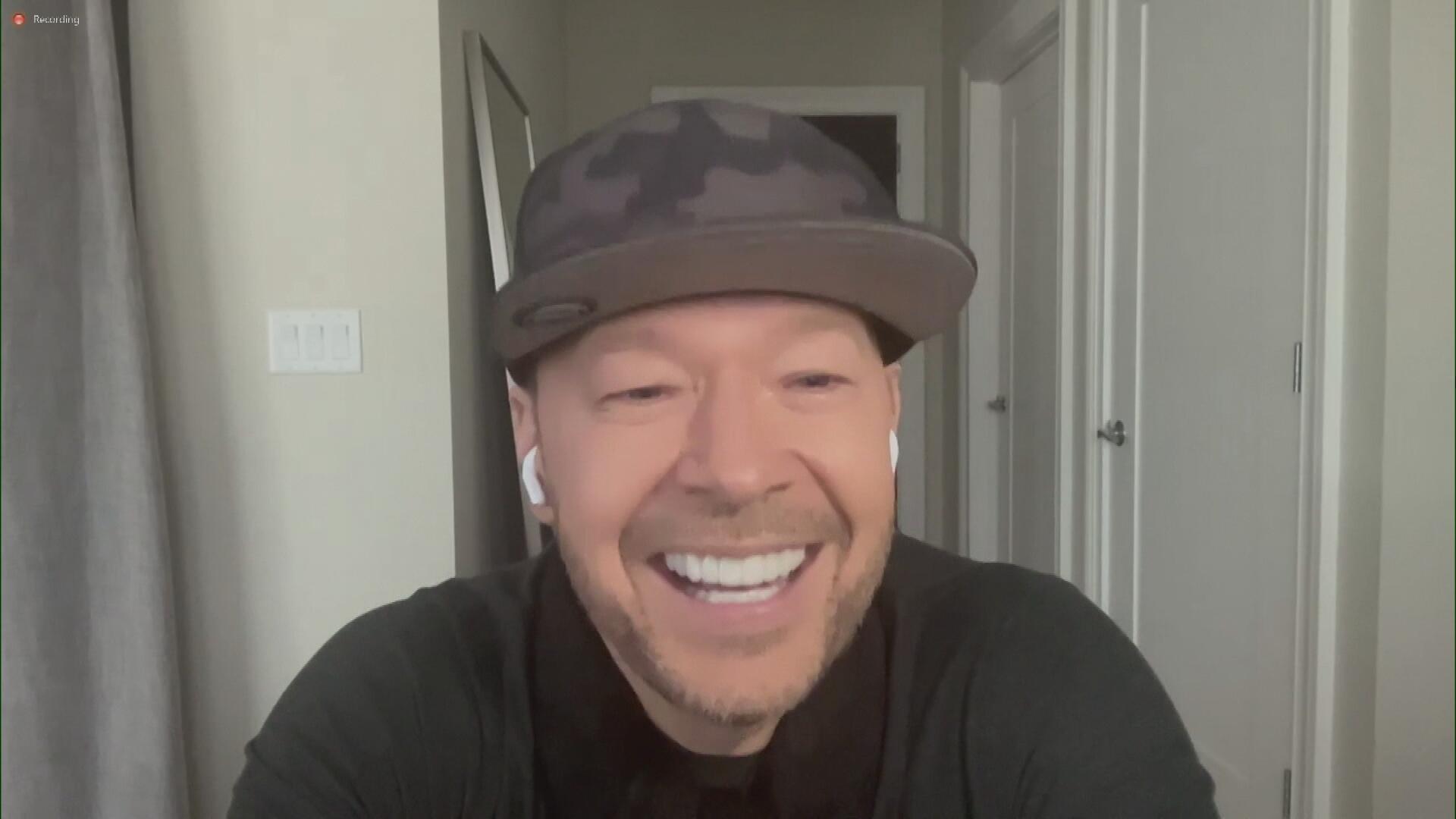
Donnie Wahlberg + Jenny McCarthy Say Rach Is Such a "Joy" + Look…

The Best Moments From 17 Seasons of the Show Will Make You Laugh…
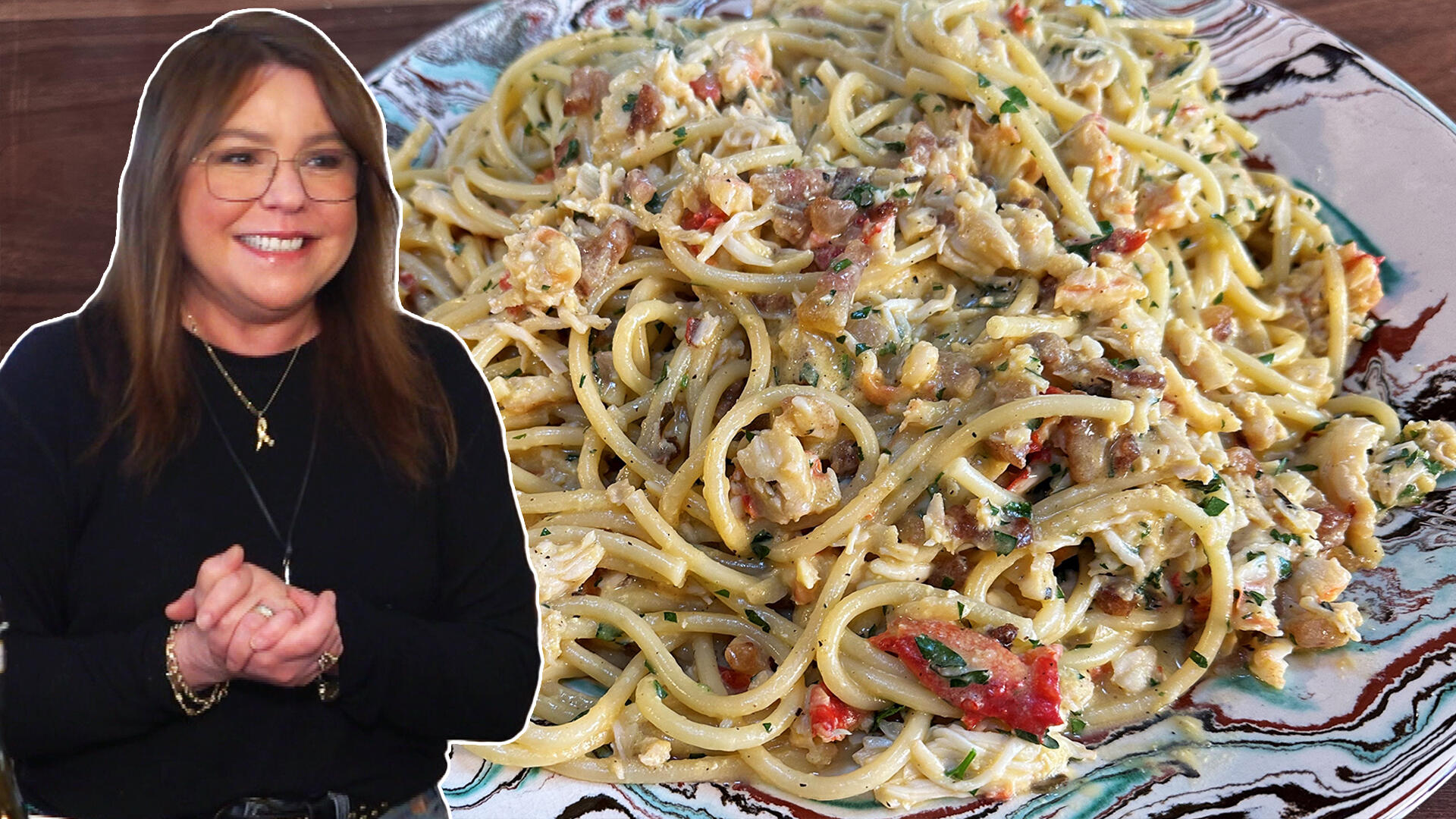
How to Make Crabby Carbonara | Rachael Ray
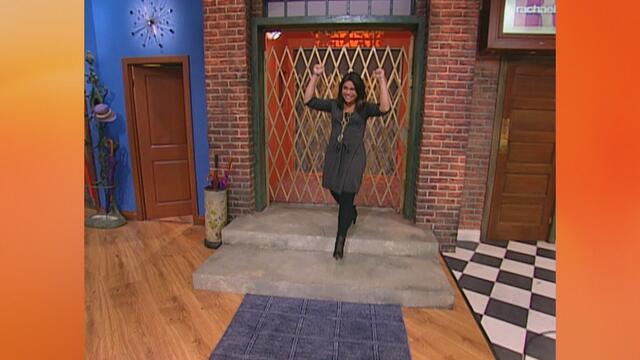
Rach Chats "Firsts" In Flashback From Our First Episode Ever In …
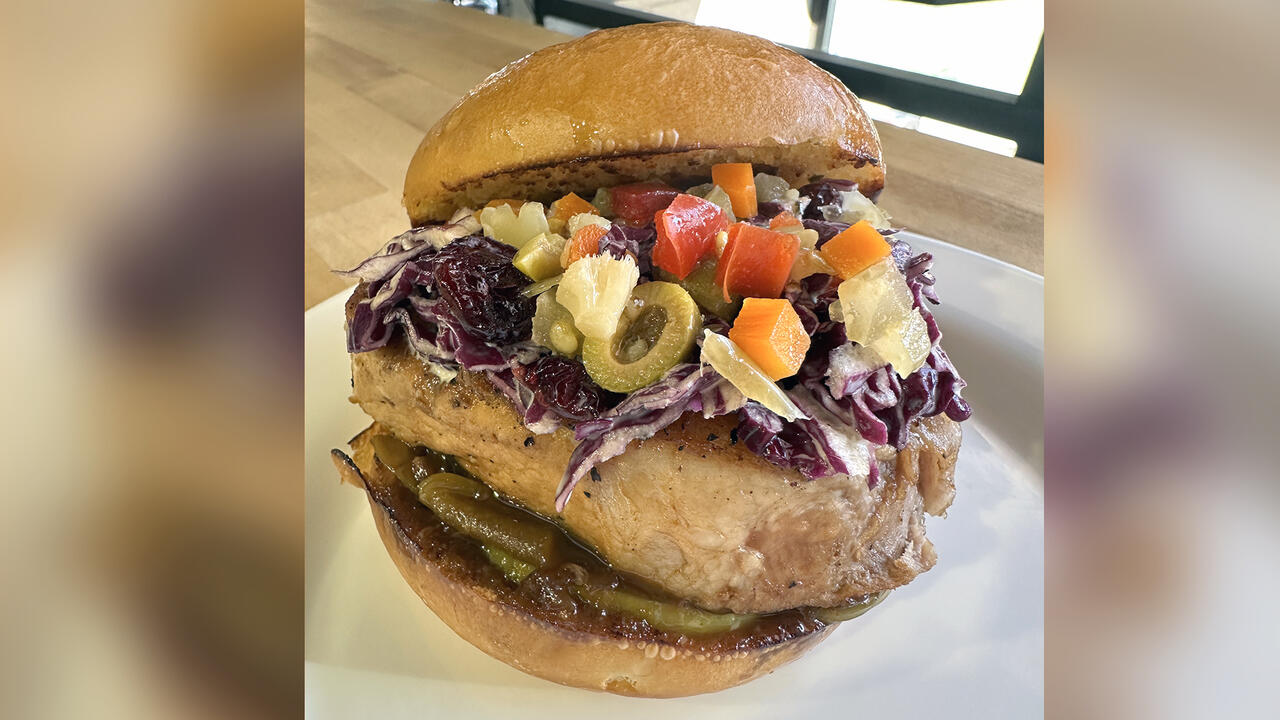
How to Make Apple-Cider Braised Pork Chop Sandwiches with Onion …
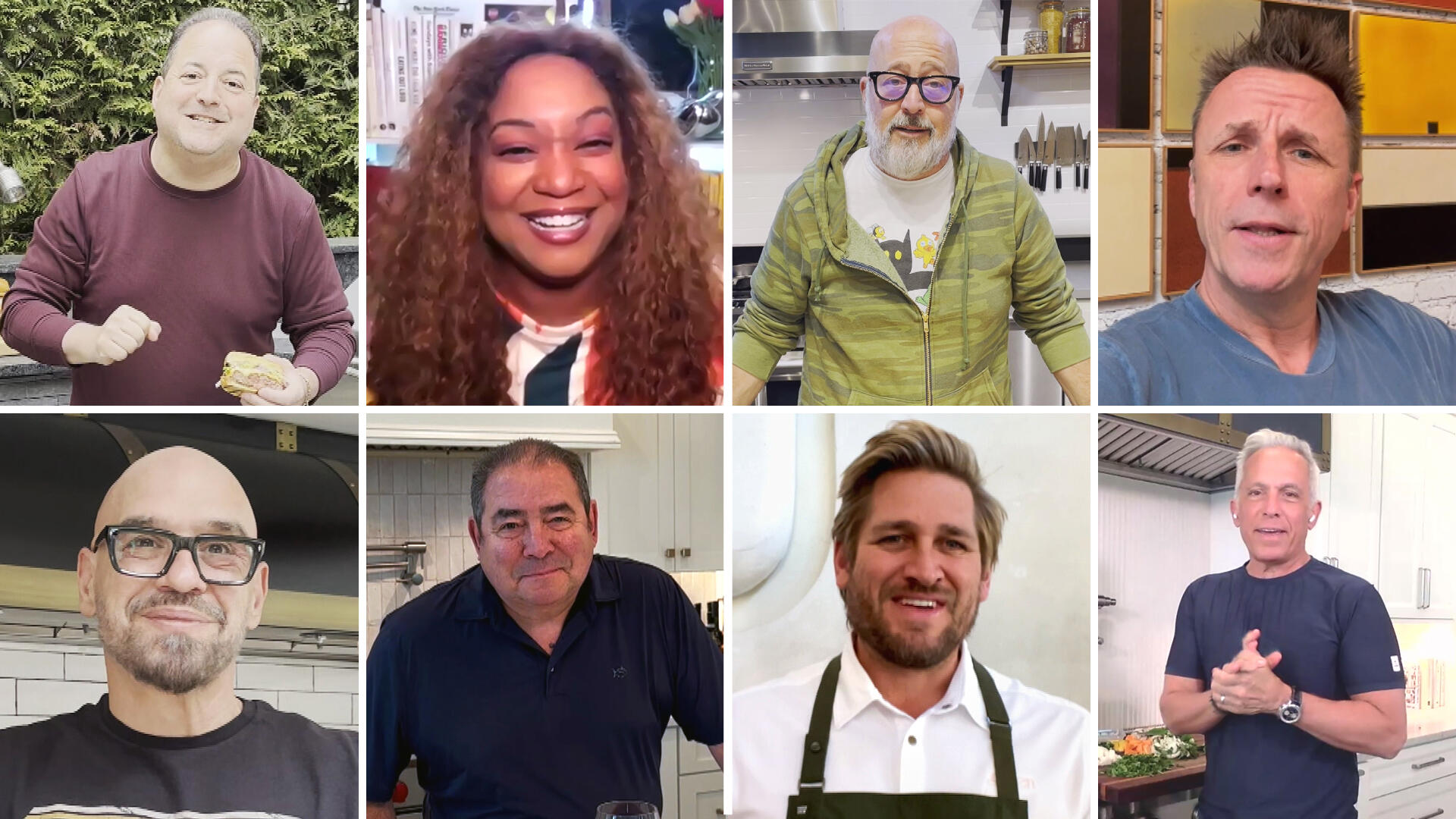
Rach's Chef Pals Say Goodbye to Show in Surprise Video Message
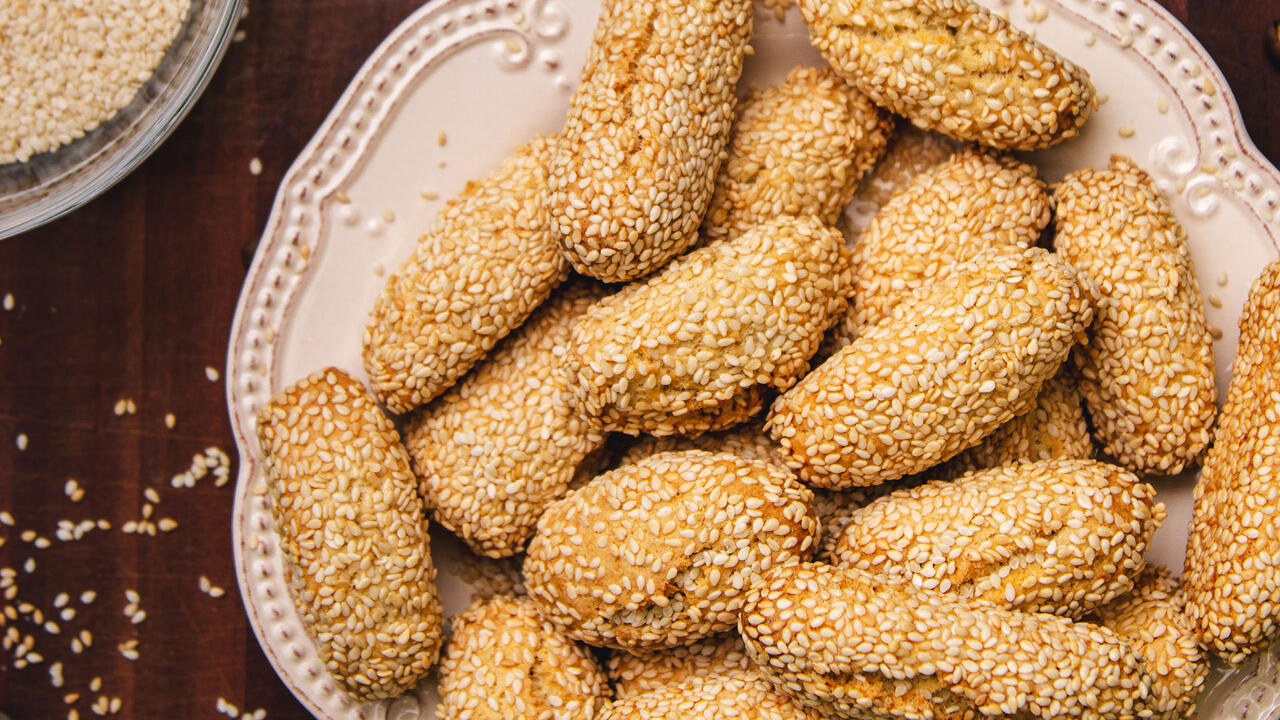
How to Make Sesame Cookies | Buddy Valastro
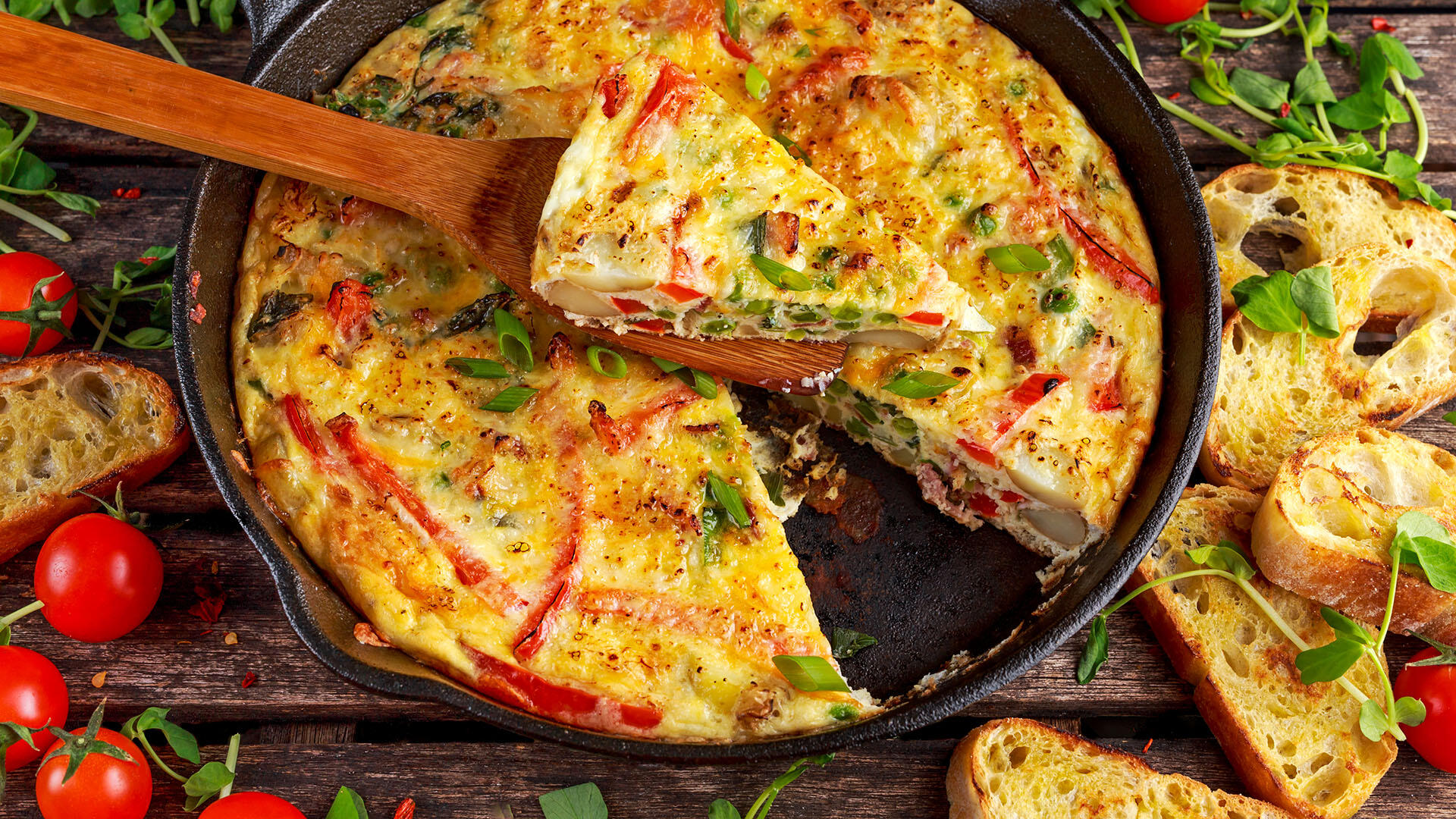
How to Make Tortilla with Potatoes, Piquillo Peppers and Mancheg…
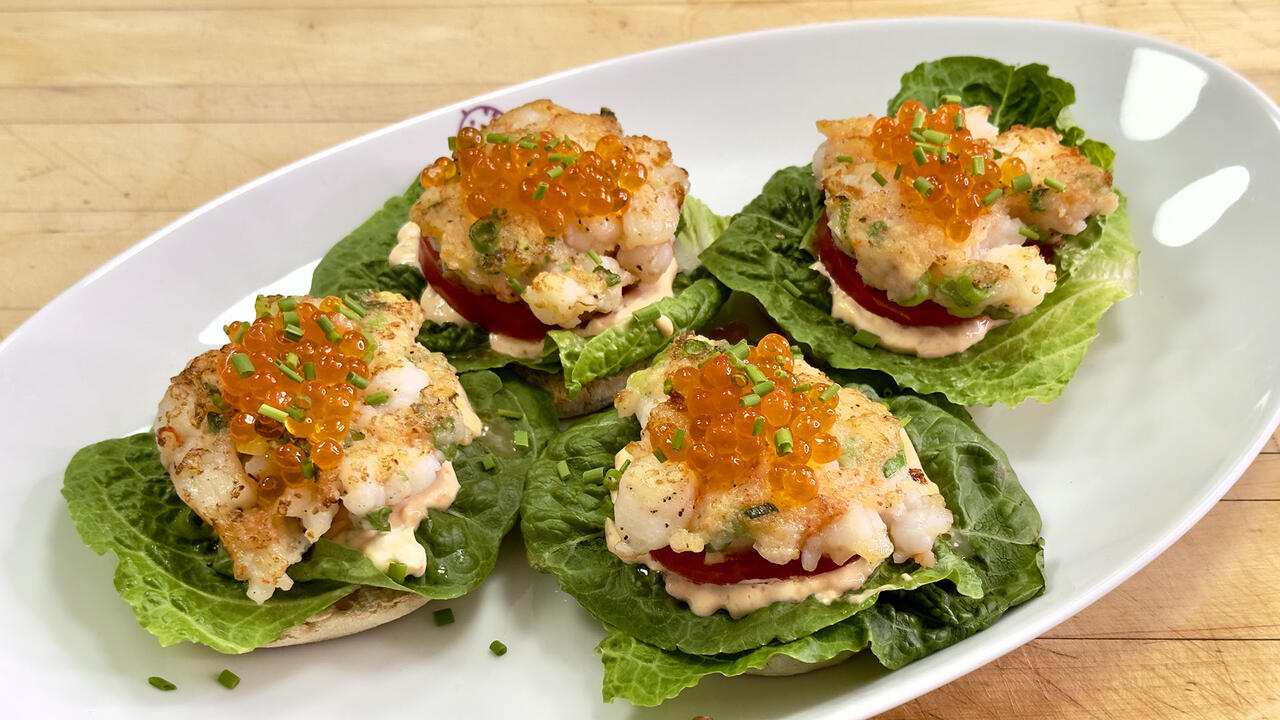
How to Make Shrimp Burgers | Jacques Pepin
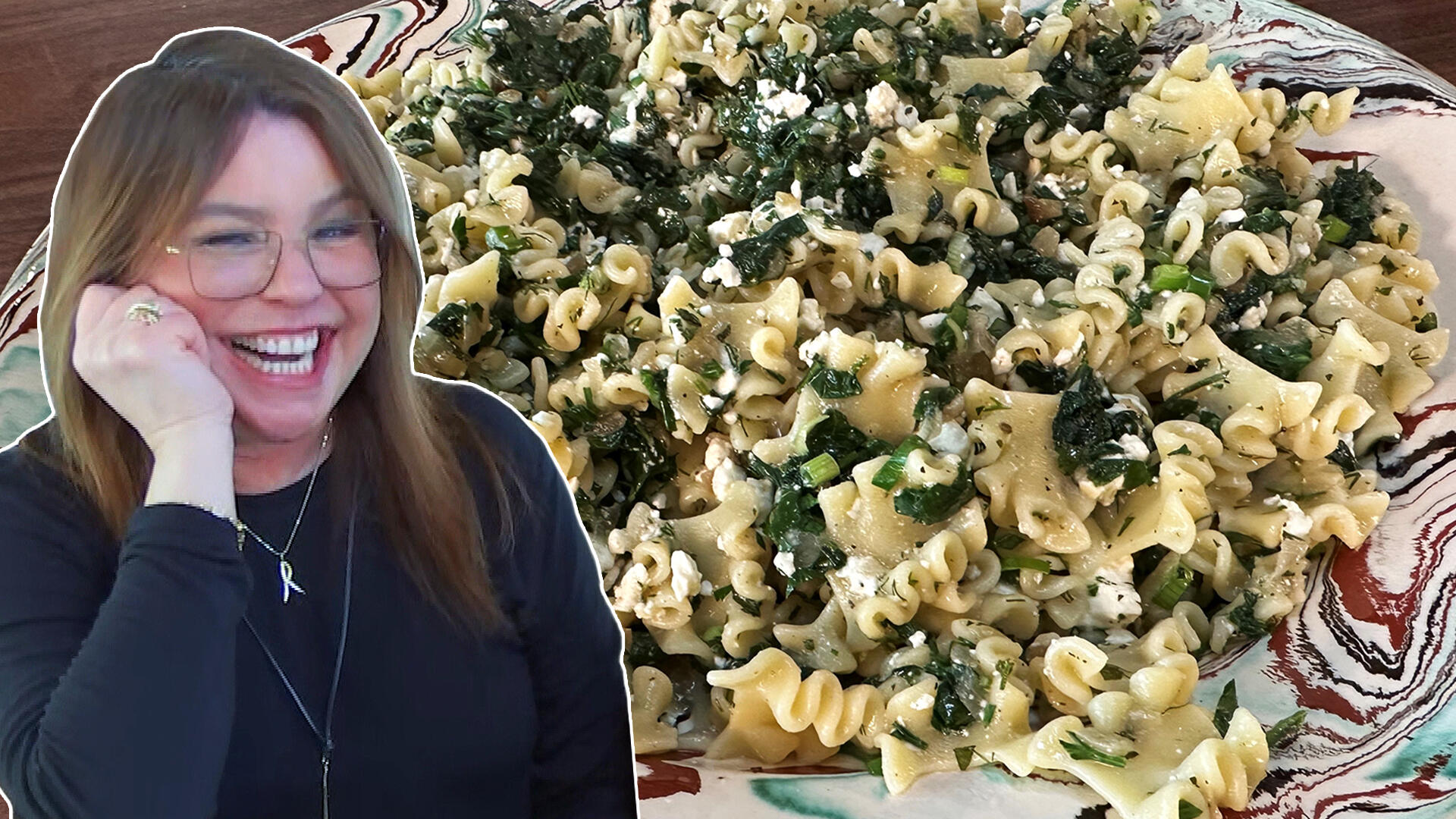
How to Make Spanakopipasta | Rachael Ray
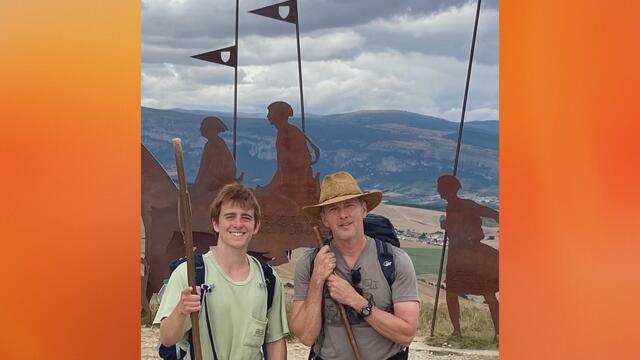
Andrew McCarthy Chokes Up Discussing Emotional Trip to Spain wit…

Celebrity Guests Send Farewell Messages After 17 Seasons of the …
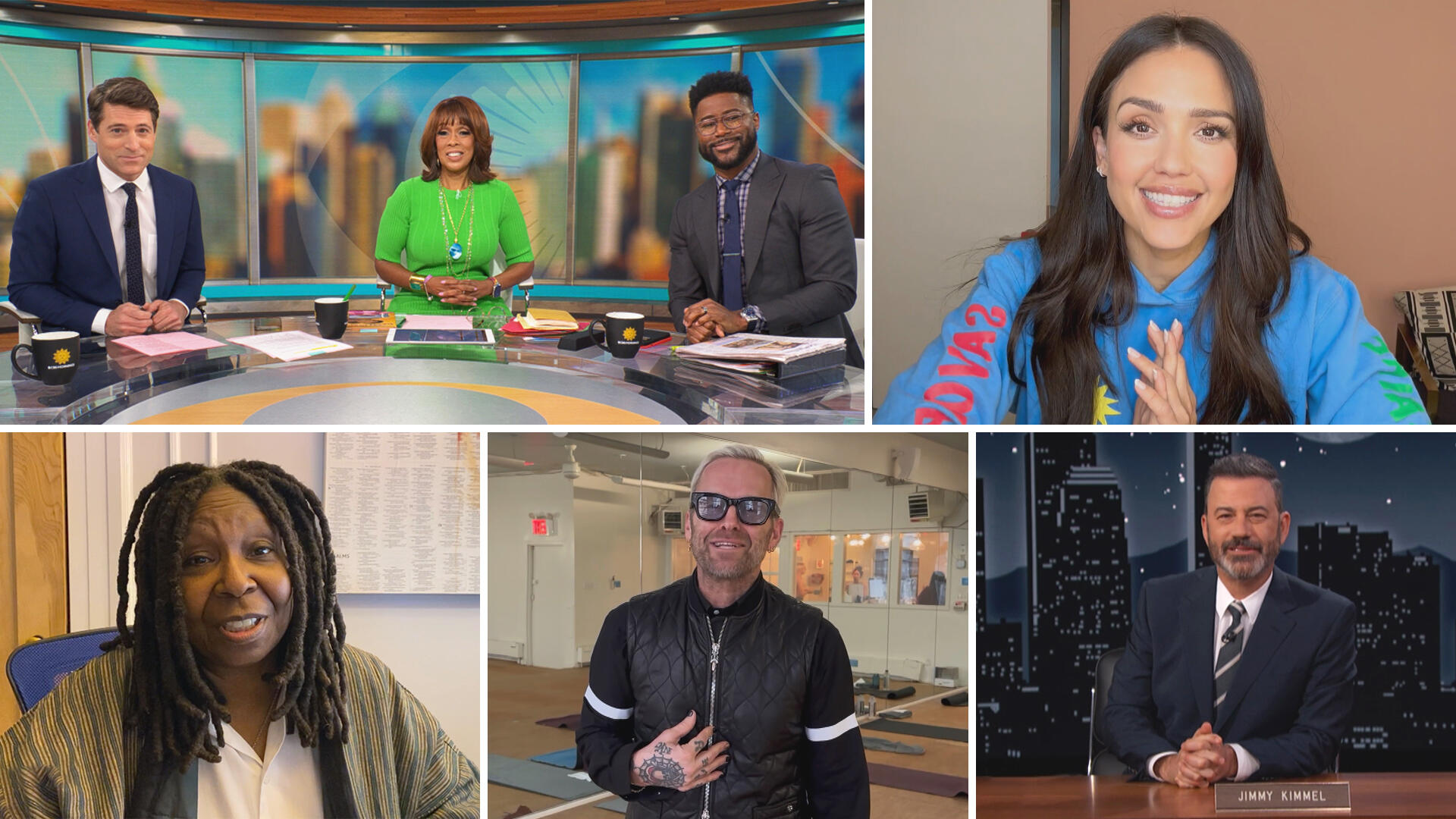
Celebrity Guests Send Farewell Messages After 17 Seasons of the …
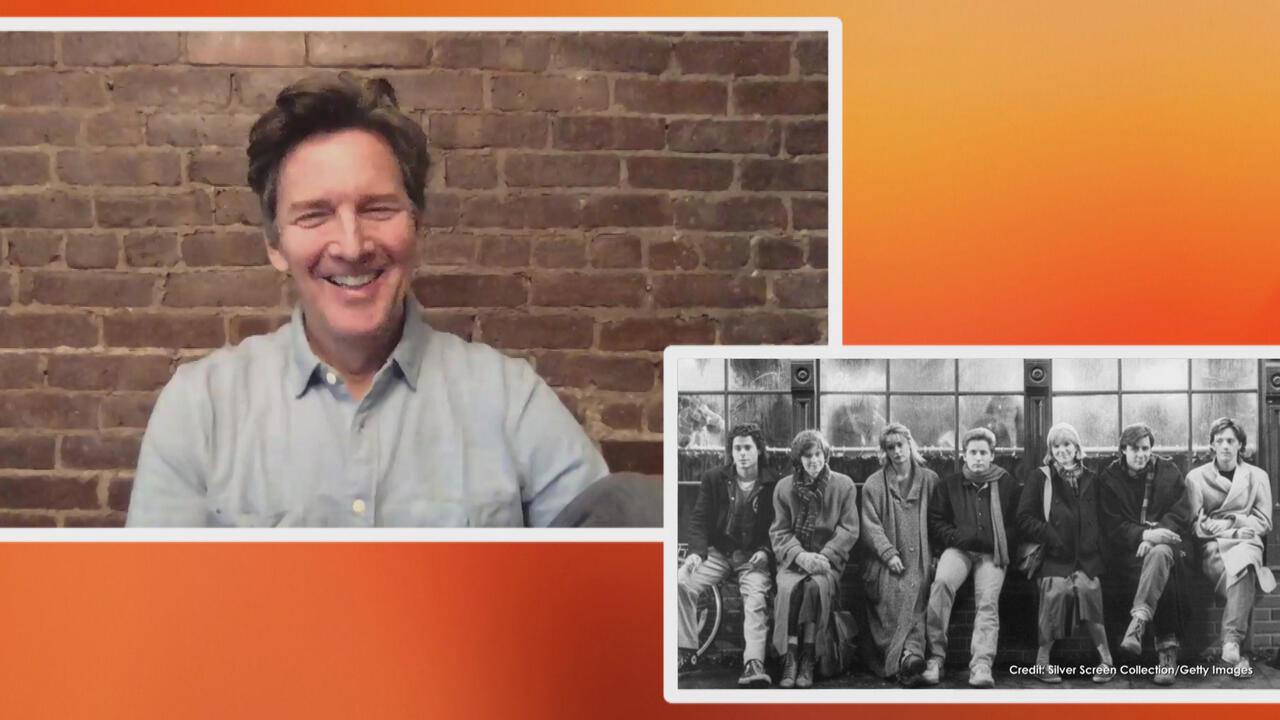
Andrew McCarthy Teases Upcoming "Brat Pack" Reunion Special
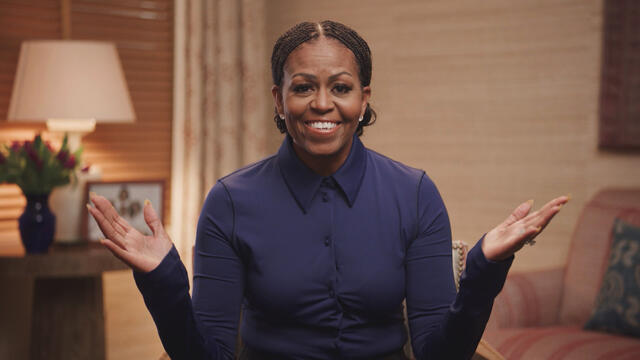
Michelle Obama Toasts Rach's 17 Years on the Air With a Heartfel…
Master butcher and author of "The Everyday Meat Guide," Ray Venezia is an expert when it comes to buying and cooking meat. He's breaking down the basics and answering common questions about beef, pork and poultry.
1. HOW MUCH MEAT DO YOU NEED TO BUY?
"This is one of the most common questions I get," Ray says. Here are his recommendations:
If you're roasting: 1/2 pound per person (so you need at least a 2-pound roast for 4 people).
If you're roasting bone-in: 1/2 pound per person plus 2 pounds to account for the bones (so you need at least a 4-pound roast for 4 people).
If you're braising: 3/4 to 1 pound per person (because the meat shrinks more with this cooking method).
Watch Ray explain in the video below:
How Hot Do You Really Need to Cook Your Meat? A Master Butcher Answers This and More

How Hot Do You Really Need to Cook Your Meat? A Master Butcher A…

Q&A with Organizational Pro Peter Walsh + Dermatologist Shares A…

Actor Hank Azaria + Freezer Meals + Artichokes 2 Ways with Rach

See Inside Barbara Corcoran's Stunning NY Apartment + It's Steak…

How to Make Chicken and Lobster Piccata | Richard Blais

Donnie Wahlberg Spills Details About NKOTB's First Ever Conventi…

Donnie Wahlberg + Jenny McCarthy Say Rach Is Such a "Joy" + Look…

The Best Moments From 17 Seasons of the Show Will Make You Laugh…

How to Make Crabby Carbonara | Rachael Ray

Rach Chats "Firsts" In Flashback From Our First Episode Ever In …

How to Make Apple-Cider Braised Pork Chop Sandwiches with Onion …

Rach's Chef Pals Say Goodbye to Show in Surprise Video Message

How to Make Sesame Cookies | Buddy Valastro

How to Make Tortilla with Potatoes, Piquillo Peppers and Mancheg…

How to Make Shrimp Burgers | Jacques Pepin

How to Make Spanakopipasta | Rachael Ray

Andrew McCarthy Chokes Up Discussing Emotional Trip to Spain wit…

Celebrity Guests Send Farewell Messages After 17 Seasons of the …

Celebrity Guests Send Farewell Messages After 17 Seasons of the …

Andrew McCarthy Teases Upcoming "Brat Pack" Reunion Special

Michelle Obama Toasts Rach's 17 Years on the Air With a Heartfel…
2. HOW DO YOU KNOW WHEN YOUR MEAT IS DONE COOKING?
"It not only will make the meat healthier for you to eat, but to retain the most flavor in the meat and not overcook and overdry, you want to know the temperatures," Ray says.
Always cook your meat to the proper temperature for both safety and flavor!
Here are Ray's internal temperature recommendations (you can test using a meat thermometer):
Ground Meat (any kind): 160°
Poultry: 165°
Pork: 145° - 160°
Ray says pork is often overcooked, but that it can have a pink blush.
Beef, Lamb and Veal: 125° - 160° (depending on your tastes)
Beef, lamb and veal can be eaten rare or medium rare, as long as the internal temperature is no less than 125°. If you prefer your meat medium-well or well done, though, you can cook to a higher temperature, up to 160°.
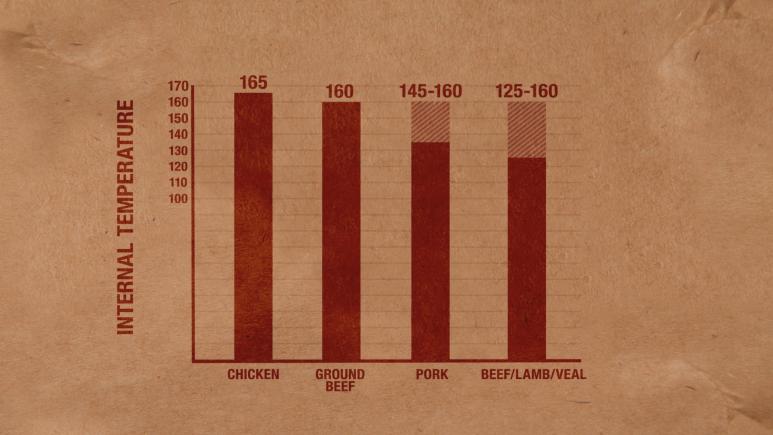
3. HOW SHOULD YOU COOK DIFFERENT CUTS OF MEAT?
"No matter what the name of the meat is, whether they call it a roast, a steak... the most important thing is to know where it's coming from on the animal," Ray says. This will help you to determine the best method of cooking, so you can achieve the most flavor and tenderness.
Different kinds of meat should be cooked using different techniques, based on where the meat comes from on the animal.

Front (chuck, brisket, plate): Braise! These cuts include the muscles that are used most, so they need more time.
Slow cooking with low, penetrating heat will make these cuts of meat tender, juicy and flavorful. "You don't want to cook this fast," Ray says. "It will just be tough."
"Low and slow!" Rach adds.
Middle (rib, short loin, sirloin): Grill! These cuts are leaner, so you want a higher temperature and faster cooking.
"These are all for high, dry heat cooking," Ray says. "It starts getting leaner as you go across."
Back (round, flank, shank): Roast! This is the leanest part of the animal — the largest muscles with a lot of heavy fat cover. Again, you want high, dry heat, but you should cook to medium to medium rare — no more, no less.
Hear Ray explain how to cook meat based on cut in the video at the top of the page!

